Giant Venus Flytrap Live Plant – Large Dionaea Muscipula Cultivar
Original price was: $99.99.$29.85Current price is: $29.85.
Grow a unique carnivorous plant! This Giant Venus Flytrap is hardy and develops vibrant colors. Perfect for zones 5-11. A captivating addition to any collection.
-
USDA Hardiness Zone
5-11 -
Soil Type
Peat Moss and Perlite Mix -
Sunlight Exposure
Full Sun -
Expected Planting Period
Spring or Early Summer
You can track your order HERE
Sep 17
Sep 22 - Sep 24
Sep 27 - Oct 01
Shipping and return policies: Our Alive & Thrive Guarantee covers issues with your plants within the first 30 days. Reach out to us. Our team will answer your questions and help you find the plants that are truly suitable for your environment, climate, and personal preferences.
Giant Venus Flytrap: A Carnivorous Wonder
The Giant Venus Flytrap offers a captivating glimpse into the world of carnivorous plants. Known for its impressive size and striking seasonal coloration, this hardy variety thrives in zones 5-11. Its upright growth habit during the active season makes it a particularly attractive and fascinating plant to observe.
This Venus Flytrap is not only visually appealing but also plays a unique role in controlling insect populations. Its traps close quickly to capture unsuspecting prey, providing a natural and effective method of pest control. Enjoy the benefits of a healthy and vibrant plant while contributing to a balanced ecosystem in your home or garden.
Key Benefits:
- Natural Pest Control: Captures and digests insects, reducing the need for chemical pesticides.
- Unique Aesthetic: Adds a touch of the exotic and unusual to your plant collection.
- Educational Value: Provides an engaging learning opportunity for gardeners of all ages.
- Hardy and Adaptable: Thrives in a wide range of conditions, making it easy to care for.
- Seasonal Coloration: Develops vibrant colors throughout the year, adding visual interest to your space.
Cultivating a Giant Venus Flytrap is a rewarding experience. With proper care, this carnivorous plant will thrive and provide years of enjoyment. Provide it with plenty of sunlight, well-drained soil, and distilled or rainwater to ensure optimal growth and health. Watch as it captures its prey and adds a touch of the wild to your indoor or outdoor space.
Unlock the secrets of carnivorous plants with the Giant Venus Flytrap. A unique and captivating addition to any plant collection, this hardy variety offers both beauty and functionality. Order yours today and embark on a fascinating journey into the world of carnivorous plants. It is truly a striking plant.
Frequently Asked Questions
- How big do Giant Venus Flytraps get? The traps can reach up to 2 inches in length under optimal conditions.
- What type of soil is best for my Venus Flytrap? Use a mix of peat moss and perlite or silica sand. Avoid using potting soil with added fertilizers.
- How often should I water my Venus Flytrap? Keep the soil consistently moist, but not waterlogged. Use distilled or rainwater.
- How much sunlight does my Venus Flytrap need? Provide at least 6 hours of direct sunlight per day to promote healthy growth and vibrant coloration.
- What should I do if my Venus Flytrap isn’t catching any insects? You can manually trigger the traps with a small, non-living insect or provide a supplemental feeding with a diluted orchid fertilizer.

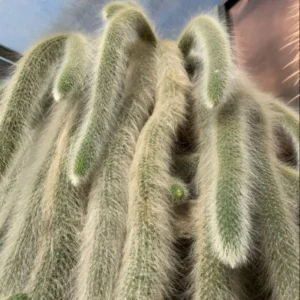 Monkey Tail Cactus Live Plant Rooted - 3 to 5 Inches - Rare Succulent
Monkey Tail Cactus Live Plant Rooted - 3 to 5 Inches - Rare Succulent 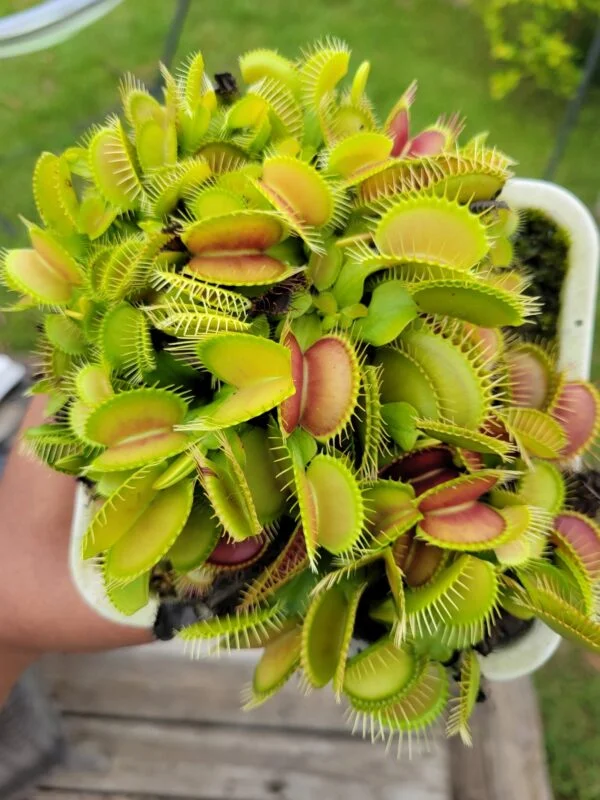
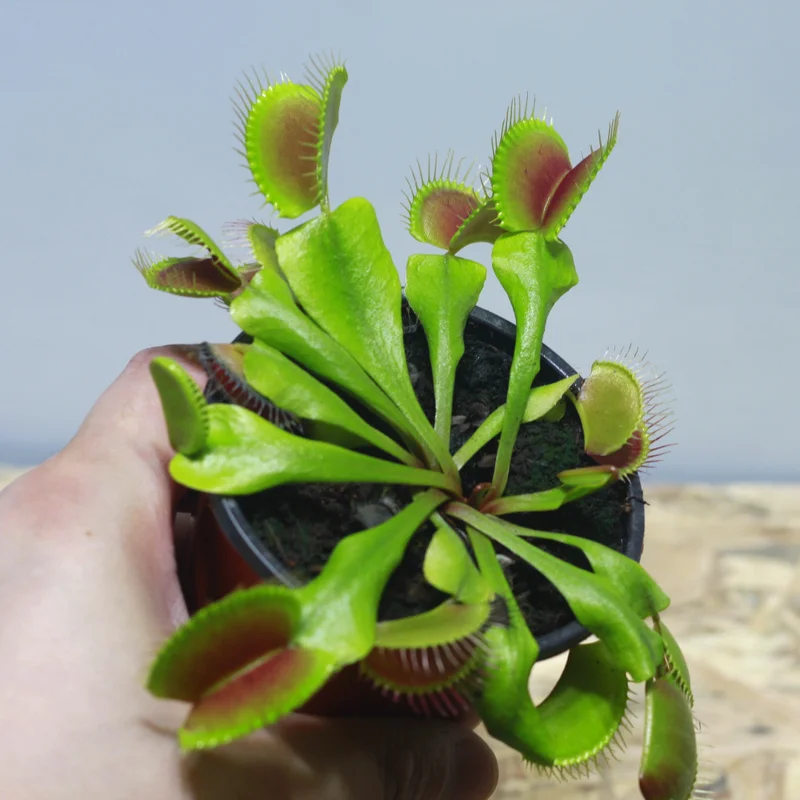
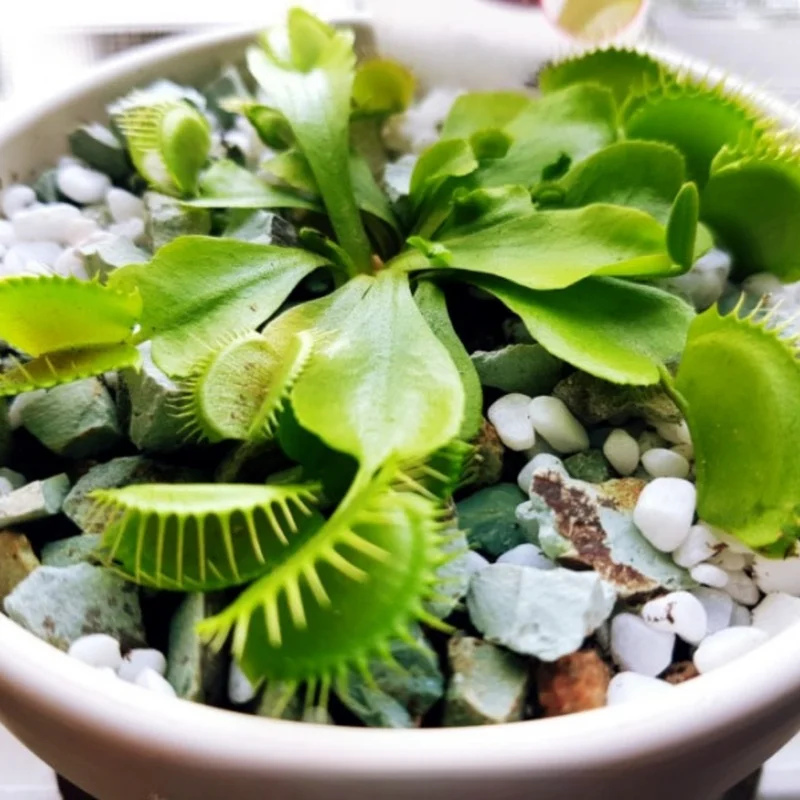
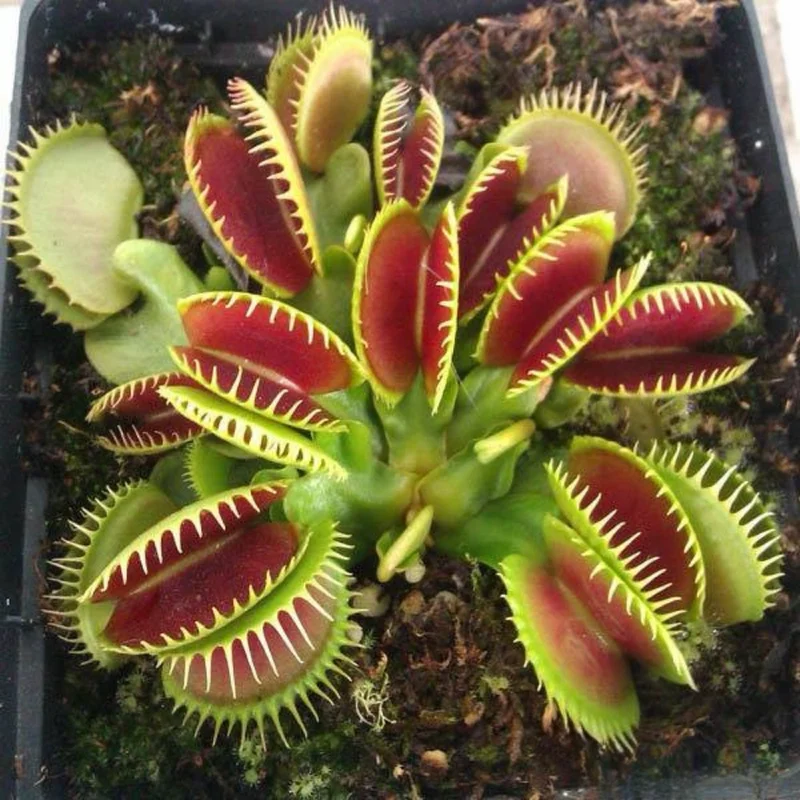
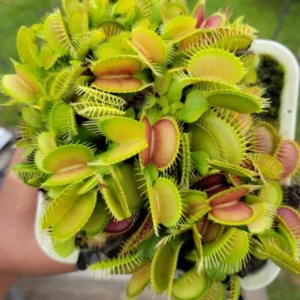
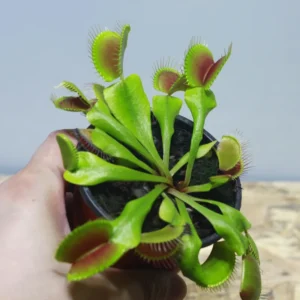
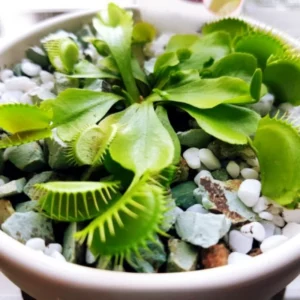
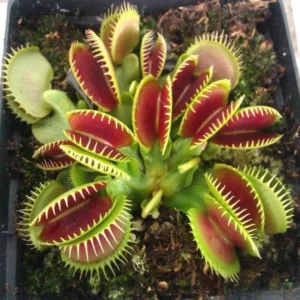

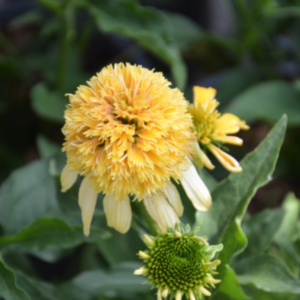
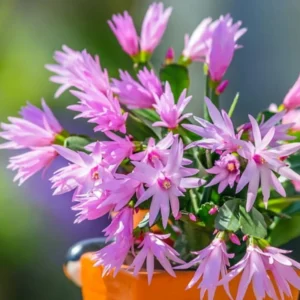
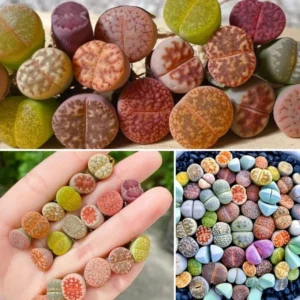
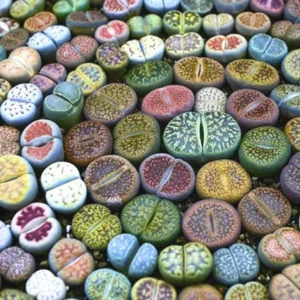
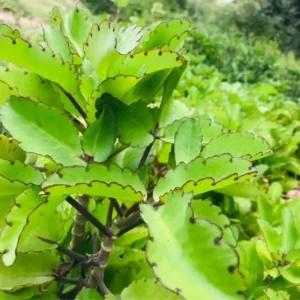
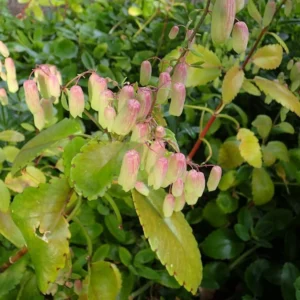
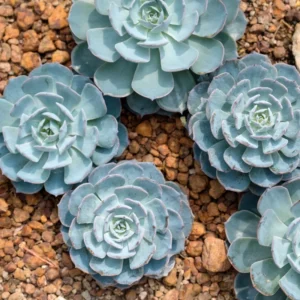
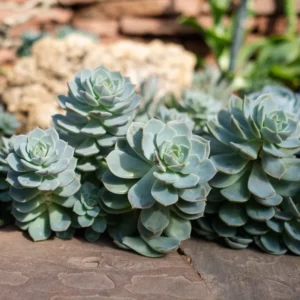
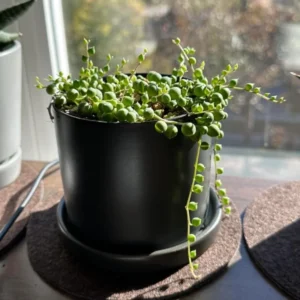
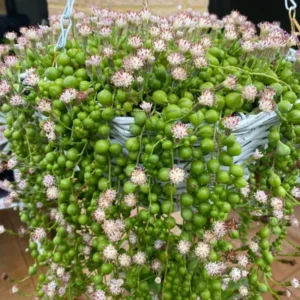
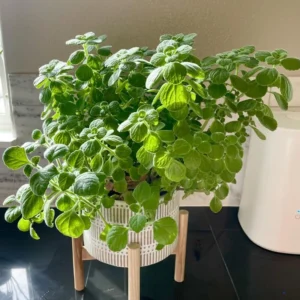
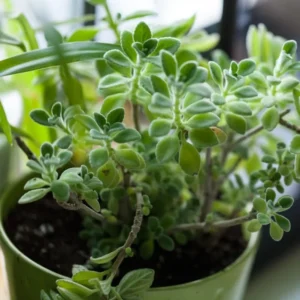
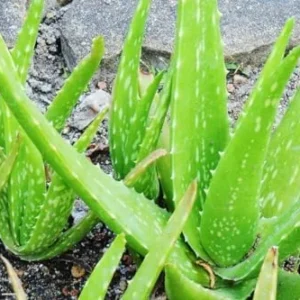
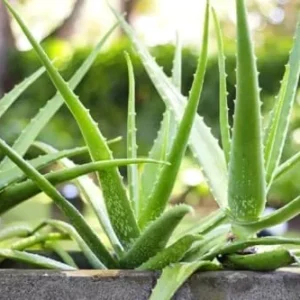
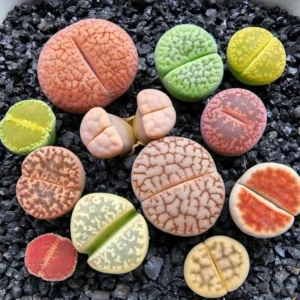
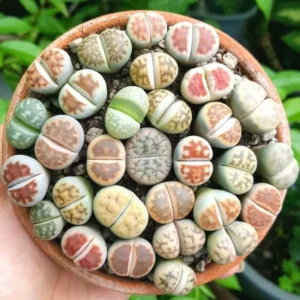
Reviews
There are no reviews yet.